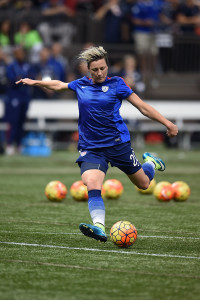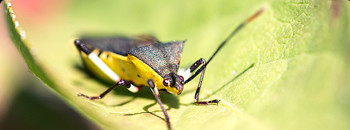I may be exchanging my title of “co-captain” for “fan” of the U.S. Women’s Soccer Team this year, but what hasn’t changed is my passion for making soccer and natural grass surfaces available to athletes of all levels and ages.

Women’s soccer, even at the national and international level, doesn’t always have the benefit of playing on natural turf, and more facilities are considering using artificial turf for high school or youth fields. There are many benefits of natural turf and a few steps to keep a natural turf field game-ready, including:
- Natural turf means safer athletes: Natural turf provides athletes with an optimal playing surface – real grass. Practice and competition on natural grass creates softer, cooler fields with less pounding and impact on muscles and joints.
- An integrated game plan: The best playing fields use an integrated pest management (IPM) approach to managing weeds, insects and diseases that harm grass. Healthy grass offers thick, reliable play.
- Healthy athletes need a healthy field: Professional groundskeepers and sports turf managers need access to effective pesticide and fertilizer products that help keep grass healthy.
- Personalized approach: Natural grass fields vary with region, soil type, weather patterns, field use, and more. The approach for all fields should be specific to those conditions to keep the field in great playing shape. With proper maintenance, natural grass fields can be used for more than 20 years without replacement.
Athletes or parents of athletes need to support the use of natural turf and understand how natural turf fields can be kept ready-to-play. Healthy athletes need a healthy field, and grass needs certain nutrients so it can grow well. An integrated pest management (IPM) approach is important to identify, monitor and, as needed, control weeds, insects and diseases that harm grass.
Put on your U.S.A. jersey, and join me in supporting our national teams. And, while you’re cheering on the players on the field, don’t forget to appreciate the hard work of the groundskeepers who take care of all natural playing fields, from national fields to your own neighborhood.
Click here to learn more about natural, well-maintained turf.
This is a guest post written by Abby Wambach, former captain and forward for the United States Women’s National Soccer Team (USWNT), 2015 World Cup Champions. Thoughts in this post represent Abby Wambach, and not the USWNT.

